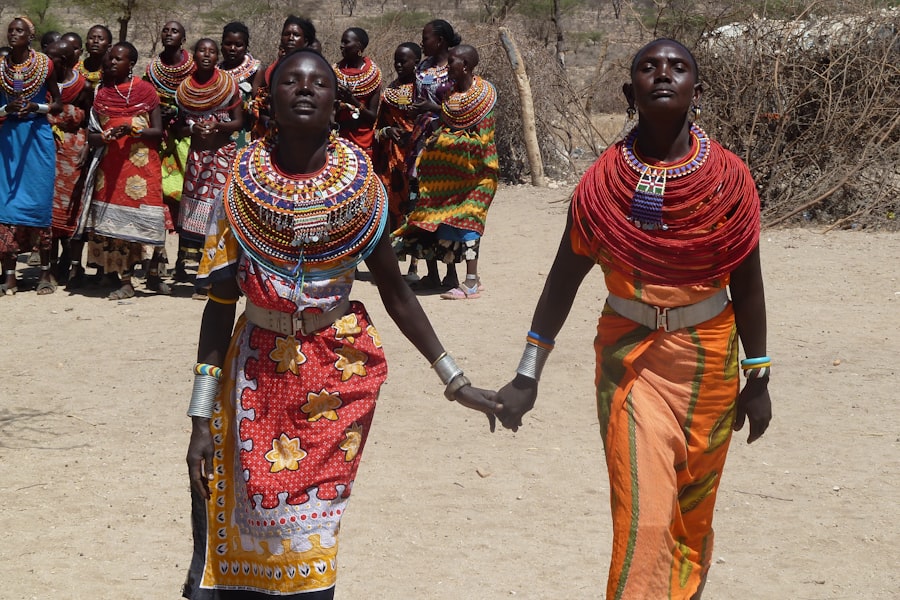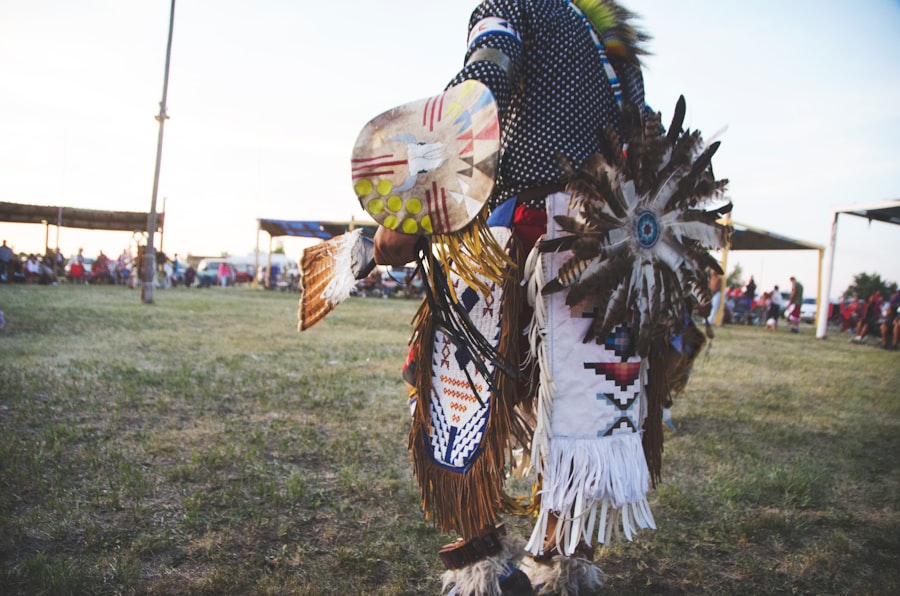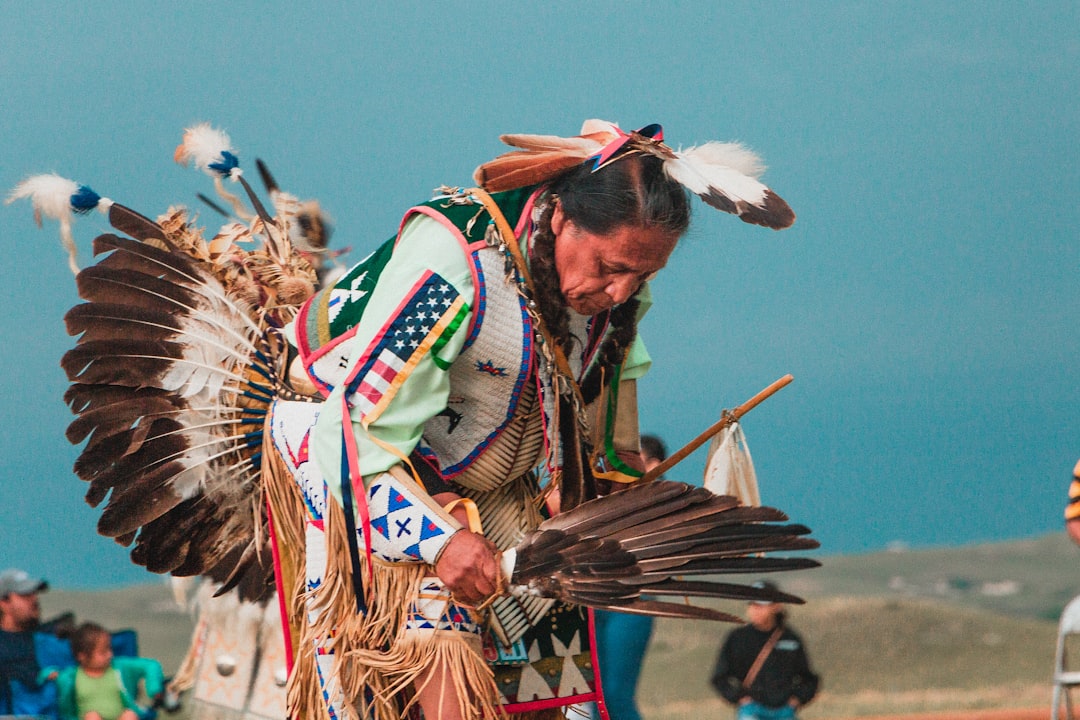The period leading up to 1857 in India was marked by a complex tapestry of social, economic, and political dynamics, particularly concerning tribal communities. These groups, often residing in the hilly and forested regions of the subcontinent, had their own distinct cultures, traditions, and systems of governance.
The struggles of these tribal communities during this era were not merely isolated incidents; they were part of a broader narrative of resistance against oppression and exploitation. The pre-1857 period serves as a crucial backdrop for understanding the socio-political landscape that would eventually culminate in the Indian Rebellion of 1857. Tribal societies were characterized by their close-knit social structures and a deep connection to their land.
Their livelihoods were intricately tied to the forests and natural resources, which they managed sustainably for generations. However, as colonial policies began to take root, these communities faced significant disruptions. The introduction of land revenue systems, forest laws, and the commercialization of agriculture led to the alienation of tribal lands.
This not only threatened their economic stability but also undermined their cultural identity. The pre-1857 struggles of tribal communities can thus be seen as a fight for survival against a backdrop of increasing marginalization and dispossession.
Key Takeaways
- Pre-1857 saw numerous tribal struggles against oppression and exploitation.
- Historical context reveals deep-rooted oppression of tribal communities.
- Tribal communities engaged in resistance and revolts to fight against oppression.
- British colonialism had a significant impact on tribal communities, leading to further exploitation.
- The legacy of pre-1857 tribal struggles continues to shape the ongoing struggles of tribal communities.
Historical Context of Tribal Oppression
The historical context of tribal oppression in India is deeply intertwined with the socio-economic transformations brought about by colonial rule. Prior to British intervention, many tribal communities operated within a framework of relative autonomy, managing their resources and governance through traditional systems. However, the arrival of the British East India Company marked a significant turning point.
The imposition of new land revenue systems disrupted existing agrarian relations and led to widespread dispossession. The British sought to extract maximum revenue from the land, often disregarding the rights of indigenous populations. The introduction of the Permanent Settlement in Bengal in 1793 is a prime example of how colonial policies adversely affected tribal communities.
This system created a class of zamindars (landlords) who were responsible for collecting taxes from peasants, often leading to exploitation and oppression. Tribal lands were frequently usurped by these zamindars, who viewed indigenous populations as obstacles to profit maximization. Furthermore, the British colonial administration implemented forest laws that restricted access to traditional hunting grounds and forest resources, further exacerbating the plight of tribal communities.
These policies not only stripped tribes of their economic base but also eroded their cultural practices tied to land and nature.
Resistance and Revolts Among Tribal Communities

In response to the oppressive measures imposed by colonial authorities and local landlords, tribal communities engaged in various forms of resistance and revolt. These movements were often characterized by their localized nature, driven by specific grievances related to land dispossession, taxation, and cultural erosion. One notable example is the Santhal Rebellion of 1855-1856, which was led by the Santhal tribe in present-day Jharkhand and West Bengal.
The Santhals rose against the exploitative practices of zamindars and British officials, demanding the restoration of their rights over land and resources. The Santhal Rebellion was marked by its organized structure and widespread participation among tribal members. The leaders, including figures like Sidhu and Kanhu Murmu, mobilized thousands of Santhals to challenge the oppressive system.
They sought not only to reclaim their lands but also to assert their cultural identity against colonial encroachment. The rebellion was met with brutal repression by British forces, yet it highlighted the resilience and determination of tribal communities in the face of adversity. Such uprisings were not isolated incidents; they reflected a broader pattern of resistance among various tribal groups across India.
Another significant movement was the Munda Rebellion led by Birsa Munda in the late 19th century, which emerged from similar grievances regarding land rights and cultural preservation. Birsa Munda’s vision extended beyond mere resistance; he sought to establish a Munda Raj and revive traditional practices that had been suppressed under colonial rule. His movement galvanized support from various tribal groups and became emblematic of the struggle for autonomy and self-determination among indigenous populations.
Impact of British Colonialism on Tribal Communities
The impact of British colonialism on tribal communities was profound and multifaceted, leading to long-lasting changes in their social fabric and economic structures. One of the most significant consequences was the systematic dismantling of traditional governance systems. The British often disregarded existing tribal leadership structures, imposing their own administrative frameworks that marginalized indigenous leaders.
This disruption not only weakened tribal authority but also created divisions within communities as new power dynamics emerged. Economically, colonial policies led to increased impoverishment among tribal populations. The introduction of cash crops and commercial agriculture shifted focus away from subsistence farming, making tribes vulnerable to market fluctuations and exploitation by intermediaries.
The forced integration into a capitalist economy often resulted in debt cycles that trapped many tribal families in poverty. Additionally, the imposition of taxes without adequate representation or consideration for traditional livelihoods further exacerbated economic hardships. Culturally, British colonialism sought to impose Western values and norms on tribal societies, often viewing them through a lens of superiority that deemed indigenous practices as primitive or backward.
This cultural imperialism led to a loss of traditional knowledge systems and practices that had sustained these communities for generations. The erosion of cultural identity was compounded by missionary activities that aimed to convert tribal populations to Christianity, further alienating them from their ancestral beliefs.
Legacy of Pre-1857 Tribal Struggles
The legacy of pre-1857 tribal struggles is significant in shaping contemporary understandings of resistance against oppression in India. These early movements laid the groundwork for later uprisings and contributed to a growing consciousness among marginalized groups regarding their rights and identity. The Santhal Rebellion and Munda Rebellion are often cited as precursors to the larger nationalistic movements that emerged in the late 19th and early 20th centuries.
Moreover, these struggles highlighted the importance of land rights and resource management for indigenous populations. The fight against dispossession became a central theme in subsequent movements advocating for tribal rights in post-colonial India. The recognition of Scheduled Tribes in the Indian Constitution can be traced back to these early struggles, as they underscored the need for legal protections for marginalized communities.
The narratives surrounding these pre-1857 struggles have also influenced contemporary social movements advocating for environmental justice and indigenous rights. Activists today draw upon historical examples to highlight ongoing issues related to land alienation, resource extraction, and cultural preservation faced by tribal communities across India. The resilience demonstrated by these early movements continues to inspire contemporary efforts aimed at reclaiming rights and asserting identity in an increasingly globalized world.
Conclusion and Reflection on Continuing Struggles

The pre-1857 struggles of tribal communities in India serve as a poignant reminder of the enduring fight against oppression and marginalization. While significant progress has been made since independence, many challenges persist for tribal populations today. Issues such as land rights disputes, displacement due to development projects, and cultural erosion continue to affect these communities across the country.
Reflecting on these historical struggles allows for a deeper understanding of contemporary issues faced by tribal populations. It emphasizes the need for inclusive policies that recognize the rights and voices of indigenous communities in decision-making processes related to land use and resource management. As we navigate an increasingly complex socio-political landscape, it is crucial to honor the legacy of those who fought for justice before us while continuing to advocate for equity and recognition for all marginalized groups in society.
” This article delves into the important role that microbes play in breaking down organic matter and recycling nutrients in ecosystems. Understanding these processes can provide valuable insights into how different organisms interact with their environment and contribute to the overall health of ecosystems. To learn more about microbial contributions to nutrient cycling and decomposition processes, check out the article here.
FAQs
What were the main causes of tribal struggles against oppression before 1857?
Before 1857, tribal struggles against oppression were mainly caused by land dispossession, forced labor, and discriminatory policies imposed by colonial powers and local rulers. These injustices led to widespread poverty and marginalization of tribal communities.
How did tribal communities resist oppression before 1857?
Tribal communities resisted oppression through various means, including armed uprisings, nonviolent protests, and forming alliances with other marginalized groups. They also sought legal recourse and diplomatic negotiations to challenge oppressive policies and practices.
What were the consequences of tribal struggles against oppression before 1857?
The consequences of tribal struggles against oppression before 1857 varied, but often included violent reprisals by colonial authorities, displacement of communities, and loss of livelihoods. However, these struggles also contributed to the formation of collective identity and solidarity among tribal communities.
How did tribal struggles before 1857 impact the broader anti-colonial movement?
Tribal struggles before 1857 played a significant role in shaping the broader anti-colonial movement by inspiring and influencing other marginalized groups to resist colonial oppression. These struggles also highlighted the interconnectedness of various forms of resistance against colonial rule.






















+ There are no comments
Add yours